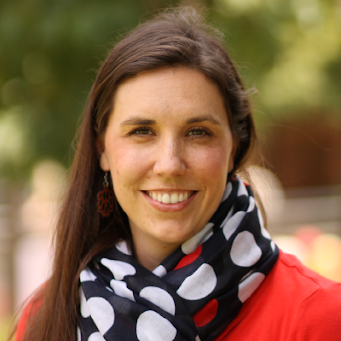Novel Educational Programs Can Benefit and Engage Sickle Cell Patients
Children with sickle cell disease have the opportunity to learn about STEM concepts in the context of their own condition.
Elaissa Hardy, MD

Children with chronic medical conditions like sickle cell disease may spend a significant amount of time in the hospital, thus potentially leading to a disruption in their education.
However, novel educational activities and strategies may be implemented to ensure this underserved and disadvantaged population can still receive high quality and meaningful interactions.
A team led by Elaissa Hardy, PhD, Department of Pediatrics, Emory University School of Medicine, Atlanta, oversaw the execution of a program where Biomedical Engineering (BME) undergraduates at Georgia Institute of Technology developed and provided educational opportunities in STEM for patients at Children’s Hospital of Atlanta.
“In collaboration with hospital school teachers at Children’s Healthcare of Atlanta, we created a novel educational program where we (1) leverage the patient’s own medical experience as motivation for learning, (2) develop hands-on interactive activities to teach STEM concepts that are adaptable for the patient’s cognitive level, (3) provide undergraduate students with high quality meaningful patient interactions and clinical experiences, and (4) provide innovative educational programming for hospitals,” Hardy’s team wrote.
The details of the program were presented at the American Society of Hematology (ASH) 2020 Annual Meeting.
The Educational Paradigm
The students enrolled in a course with a focus on human-centered and iterative design. They were given the opportunity to develop and implement hands-on interactive STEMS activities that were rooted in human physiology.
These activities thus incorporated state and national K-12 STEMS standards. Furthermore, the students—many of whom were pre-med—were particularly qualified to lead the activities and encourage interdisciplinary approaches, the investigators noted.
They also touted the near-peer ages of the students and patients, which was conducive to relationship building and the establishing of trust.
In order to assess whether the patients had mastered the learning objectives, Hardy and team developed questions for 2 of the most requested activities. These questions were implemented during 2018-2019 academic year.
Two Examples: The Blood Jar and Bone Activities
One such activity invited sickle cell disease patients to build a model of blood. In doing so, they learned its composition, function of each component, and importance of hydration.
In this particular activity, 65 patients participated. Furthermore, 43% of students in grades K-2, 61% from grades 3-5, and 85% from grade 6 through high school had scored ‘Thoroughly Demonstrated’ on the assessment.
Another activity, in which 29 patients participated, had them construct a bone model to help them understand its structure and function. In its assessment, 28% of grades K-2, 30% of grades 3-5, 88% of grades 6-8, and 75% of high school students had scored ‘Thoroughly Demonstrated.’
Lowers scores for the younger grades were attributed to a difficulty in retaining new scientific vocabulary.
Feedback and Conclusions
The investigators noted that feedback was overwhelmingly positive among the students and patients. Many of the patients considered the activities to be engaging, while the students believed themselves to have grown holistically from this experience.
Hardy and term team lauded the program’s innovation and ability to engage patients diagnosed with sickle cell disease. The program particularly benefitted from the ability to allow patients to understand scientific concepts in the context of their own disease.
“This collaborative program can be straightforwardly implemented at other pediatric institutions with robust college volunteer programs and hospital school programs,” Hard and team wrote.
They indicated their activities can be adapted at other institutions.
The study, “Education for Children with Sickle Cell Disease: Unique Educational Outreach Program Taught By Near-Peer Undergraduate Students,” was presented at ASH 2020.